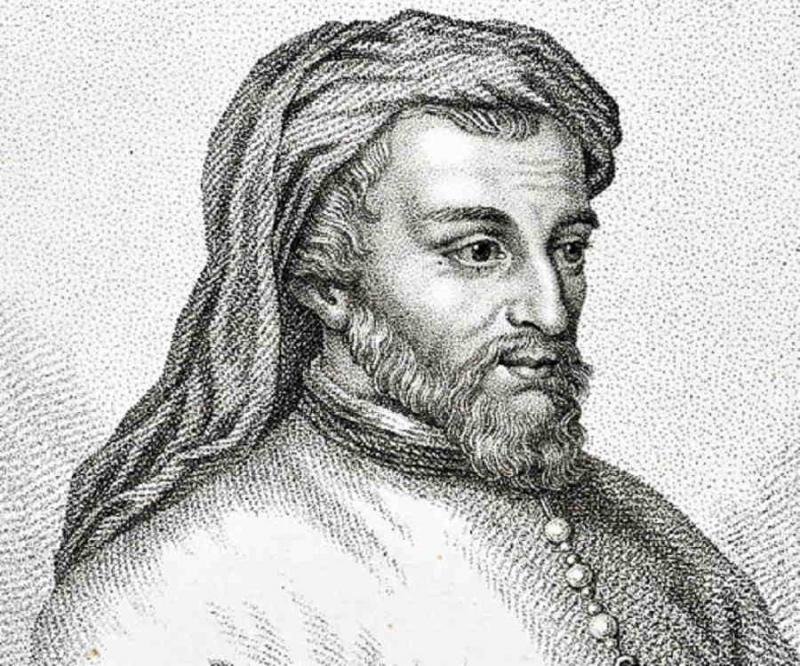He worked as a bureaucrat, courtier, diplomat, and parliament
One of the most interesting facts about Geoffrey Chaucer is that he worked as a bureaucrat, courtier, diplomat, and parliament. The first of the "Chaucer Life Records" appears in 1357, in the household records of Elizabeth de Burgh, Countess of Ulster, when he became the noblewoman's page through his father's connections, a standard medieval type of apprenticeship for boys into knighthood or prestige jobs. The countess was married to Lionel, Duke of Clarence, the second surviving son of King Edward III, and the position drew the teenage Chaucer into the close court circle, where he would remain for the rest of his life. He also worked as a courtier, diplomat, and public servant, as well as for the king as Clerk of the King's Works from 1389 until 1391.
During this time, Chaucer is said to have studied law in the Inner Temple (an Inn of Court). On 20 June 1367, he joined Edward III's royal court as a valet de chambre, yeoman, or esquire, a post that might include a wide range of responsibilities. His wife also receives a pension for her judicial work. Chaucer was appointed comptroller of customs for the port of London, a position he began on June 8, 1374. While still employed as comptroller, Chaucer appears to have relocated to Kent, where he was appointed as one of Kent's commissioners of peace at a period when French invasion was a possibility.
On July 12, 1389, Chaucer was named clerk of the king's works, a sort of foreman in charge of coordinating the majority of the king's building projects. During his tenure, no large works were started, but he did rebuild Westminster Palace, St. George's Chapel, and Windsor, finished building the wharf at the Tower of London, and built the stands for a tournament held in 1390. It was a difficult job, but it paid well.







